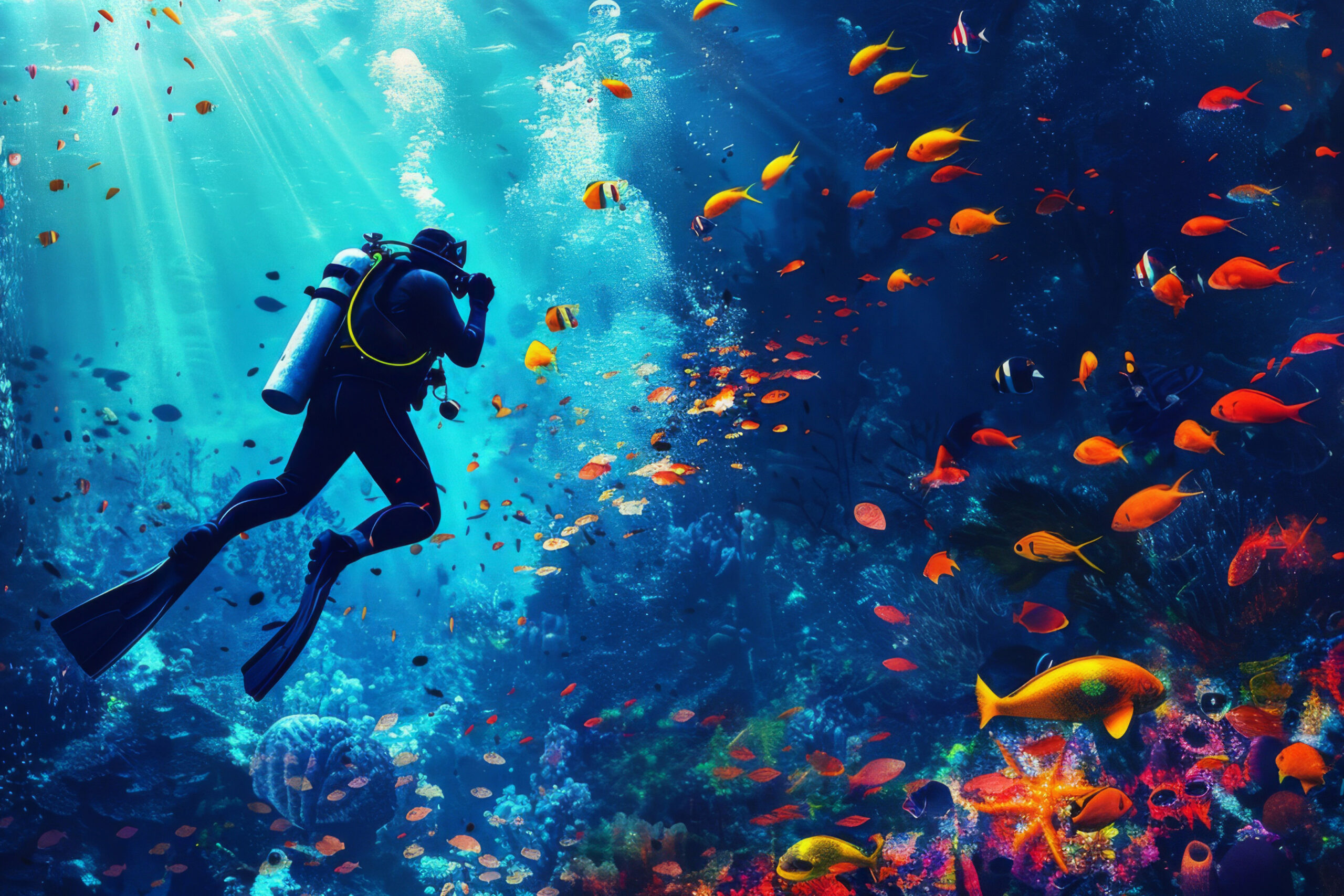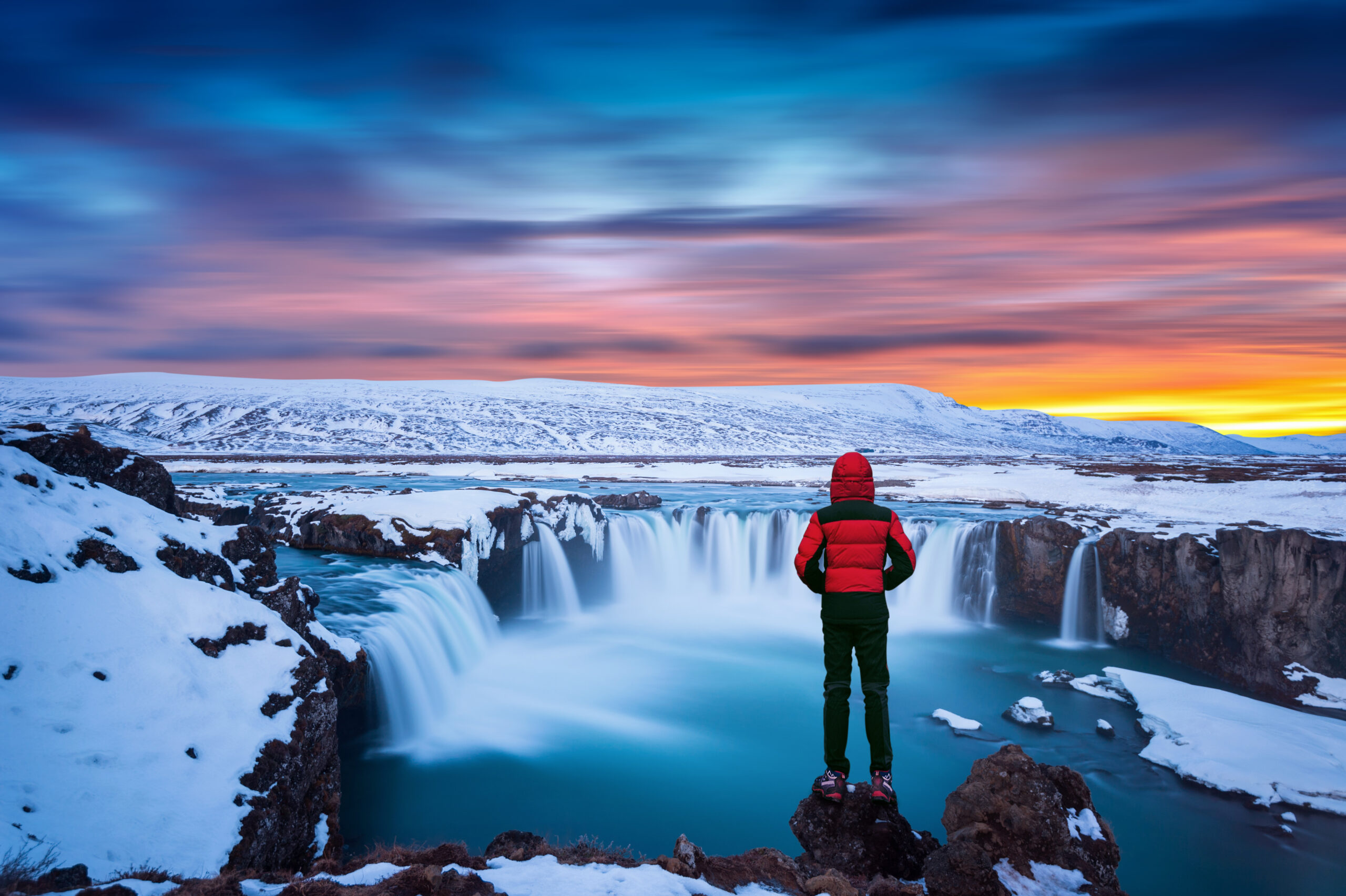Top 10 Scuba Diving Destinations You Need to Visit

There’s something magical about slipping beneath the ocean’s surface and entering a world where time slows down, colors explode, and marine life thrives in every corner. For adventure seekers and nature lovers, scuba diving is more than a hobby—it’s a passport to exploring Earth’s final frontier. But with so many underwater wonders to discover, how do you choose where to dive next? We’ve curated a list of the top scuba diving destinations that promise unforgettable encounters, vibrant ecosystems, and awe-inspiring landscapes. Whether you’re a novice or a seasoned diver, these destinations belong on your bucket list.
1. The Great Barrier Reef, Australia
As the largest coral reef system on the planet, the Great Barrier Reef is a crown jewel among scuba diving destinations. Stretching over 1,400 miles along Australia’s northeastern coast, this UNESCO World Heritage Site is home to over 1,500 species of fish, 400 types of coral, and marine giants like manta rays and whale sharks. Dive sites such as Cod Hole, where potato cods swim fearlessly alongside divers, and the SS Yongala wreck, a century-old ship teeming with life, showcase the reef’s diversity. The best time to visit is June–November, when visibility exceeds 100 feet, and water temperatures hover around 75–82°F. While climate change has impacted parts of the reef, conservation efforts and responsible tourism ensure its beauty endures.
2. Palau, Micronesia
Palau’s crystalline waters and thriving marine ecosystems make it a standout in the realm of scuba diving destinations. Famous for its jellyfish lakes (where harmless golden jellyfish pulse through sunlit waters) and World War II wrecks, Palau offers a mix of history and biodiversity. Blue Corner Wall is a must-dive site, where sharks, barracudas, and Napoleon wrasses patrol strong currents. Divers can also explore the Chandelier Cave, an underwater labyrinth adorned with stalactites. Palau’s commitment to marine conservation—evidenced by its shark sanctuary and no-fishing zones—ensures pristine conditions year-round. Visit between December–April for calm seas and optimal visibility.
3. Galápagos Islands, Ecuador
For those craving encounters with large pelagic species, the Galápagos Islands rank among the most thrilling scuba diving destinations. Located 600 miles off Ecuador’s coast, this volcanic archipelago is a living laboratory of evolution. Hammerhead sharks gather by the hundreds at Wolf and Darwin Islands, while marine iguanas—the world’s only ocean-going lizards—graze on algae below the surface. Strong currents and cooler waters (66–75°F) make these dives challenging but rewarding, suited for advanced divers. June–November brings nutrient-rich currents, attracting whales, dolphins, and whale sharks. Don’t miss the chance to dive alongside playful sea lions at Cousin’s Rock!
4. Maldives
The Maldives, a tropical paradise of 26 atolls, is synonymous with luxury and world-class diving. Its warm, turquoise lagoons and dramatic overhangs host an abundance of life, from reef sharks and eagle rays to technicolor coral gardens. Maaya Thila, a pinnacle dive site, transforms into a shark nursery at night, while the Fotteyo Kandu channel offers thrilling drift dives. The Maldives is also one of the few scuba diving destinations where you can witness the mesmerizing “manta ballet” at Hanifaru Bay, where hundreds of mantas feed during plankton blooms. Visit December–April for dry-season clarity, and pair your dives with a stay in an overwater villa.
5. Red Sea, Egypt
Egypt’s Red Sea is a treasure trove for divers seeking vibrant reefs, historic wrecks, and accessible adventures. Sharm El Sheikh and Hurghada serve as gateways to iconic sites like Ras Mohammed National Park, where the Yolanda Reef and Shark Reef drop into abyssal depths. The SS Thistlegorm, a WWII wreck laden with trucks and motorcycles, is a time capsule 100 feet below the surface. The Red Sea’s year-round warmth (72–85°F) and calm conditions make it ideal for all skill levels. For a quieter experience, head to the Brothers Islands, where oceanic whitetip sharks and hammerheads roam.
6. Belize Barrier Reef
Second only to Australia’s Great Barrier Reef, the Belize Barrier Reef is a UNESCO-listed marvel and a haven for divers. The Great Blue Hole, a massive underwater sinkhole, is the star attraction—dive its midnight-blue depths to see stalactites and reef sharks. Nearby Lighthouse Reef and Turneffe Atoll boast walls adorned with sponges, sea turtles, and manatees. Belize’s relaxed vibe extends underwater, with gentle currents and warm temperatures (77–84°F) perfect for beginners. Visit April–June to avoid rainy seasons and enjoy peak visibility.
7. Komodo Island, Indonesia
Famed for its dragons, Komodo Island also hides some of Indonesia’s most exhilarating scuba diving destinations. Current-swept sites like Batu Bolong and Castle Rock attract schools of fish, reef sharks, and manta rays. The coral here is remarkably healthy, with pink beaches and pinnacles creating surreal backdrops. Komodo’s waters are also home to rare critters like flamboyant cuttlefish and blue-ringed octopuses. Dive between April–December for calm seas, and stay wary of the strong currents that make these dives best suited for intermediates.
8. Raja Ampat, Indonesia
Raja Ampat, located in Indonesia’s Coral Triangle, is often dubbed the “epicenter of marine biodiversity.” With over 1,500 fish species and 75% of the world’s coral varieties, it’s a paradise for macro photographers and reef enthusiasts. Sites like Cape Kri and Manta Sandy offer encounters with wobbegong sharks, pygmy seahorses, and massive mantas. The region’s remote location ensures unspoiled reefs, though liveaboards are the best way to explore. Visit October–April for calm waters, and prepare to be humbled by nature’s artistry.
9. Cozumel, Mexico
Cozumel’s drift dives along the Mesoamerican Reef place it firmly among the top scuba diving destinations. The island’s west coast features plunging walls like Santa Rosa and Palancar, where currents carry divers past sea fans, sponges, and eagle rays. Cozumel’s water temperature rarely dips below 77°F, making it a year-round destination, though May–September brings warmer seas and fewer crowds. After diving, explore the island’s Mayan ruins or savor fresh ceviche at a beachside cantina.
10. Sipadan Island, Malaysia
Sipadan, a tiny oceanic island off Borneo, is a mecca for turtle lovers and wall diving enthusiasts. Barracuda Point lives up to its name with tornado-like schools of barracuda, while the Drop Off plunges 2,000 feet into the Celebes Sea. Green and hawksbill turtles nest here year-round, and hammerheads occasionally make appearances. Due to its protected status, only 120 dive permits are issued daily—book early! April–December offers the best conditions, with visibility often exceeding 130 feet.
Tips for Choosing Your Next Scuba Diving Destination
- Skill Level: Some scuba diving destinations, like the Galápagos or Komodo, require advanced certifications due to strong currents.
- Seasonality: Research peak seasons to avoid monsoons or algal blooms.
- Conservation: Support eco-friendly operators who prioritize reef protection.
- Gear: Pack essentials like a dive computer, reef-safe sunscreen, and a GoPro.
- Safety: Always dive with a buddy and check local emergency protocols.
Final Thoughts
The ocean’s wonders are endless, and these scuba diving destinations offer just a glimpse into its mysteries. Whether you’re drawn to the thrill of shark encounters, the serenity of coral gardens, or the allure of historic wrecks, each dive site promises a unique story. So grab your gear, take a deep breath, and dive into the adventure of a lifetime—the underwater world is waiting! 🌊🐠



